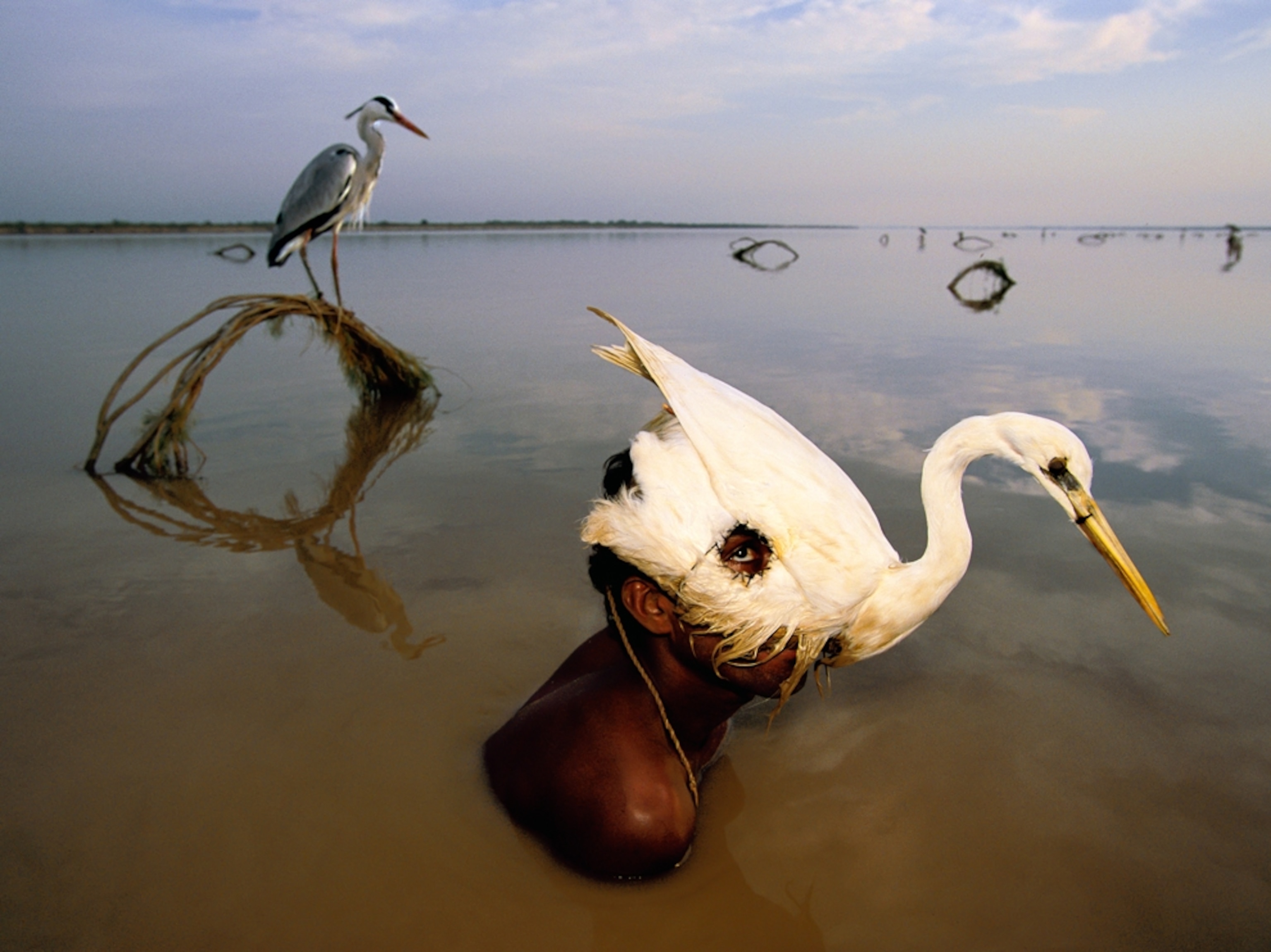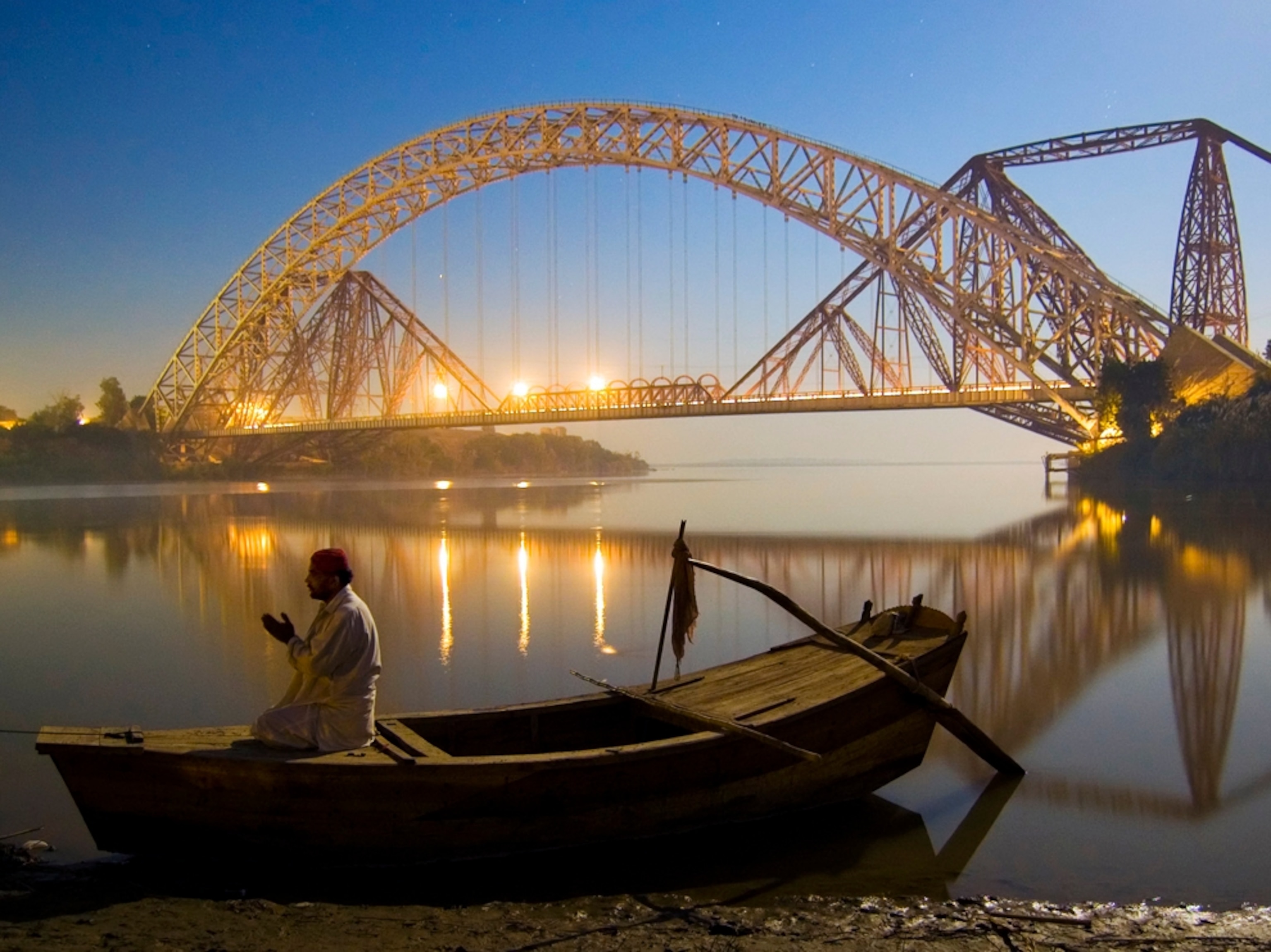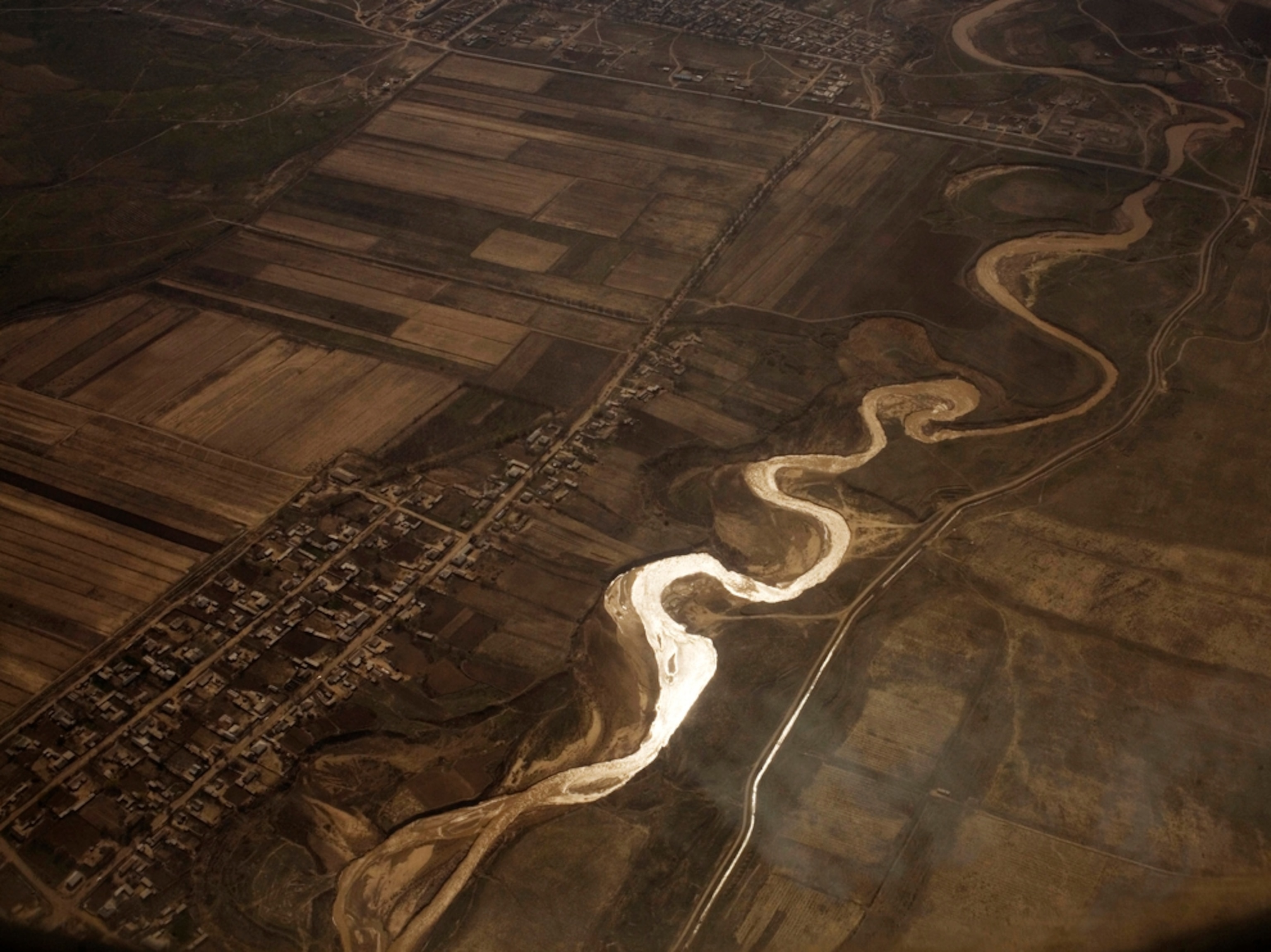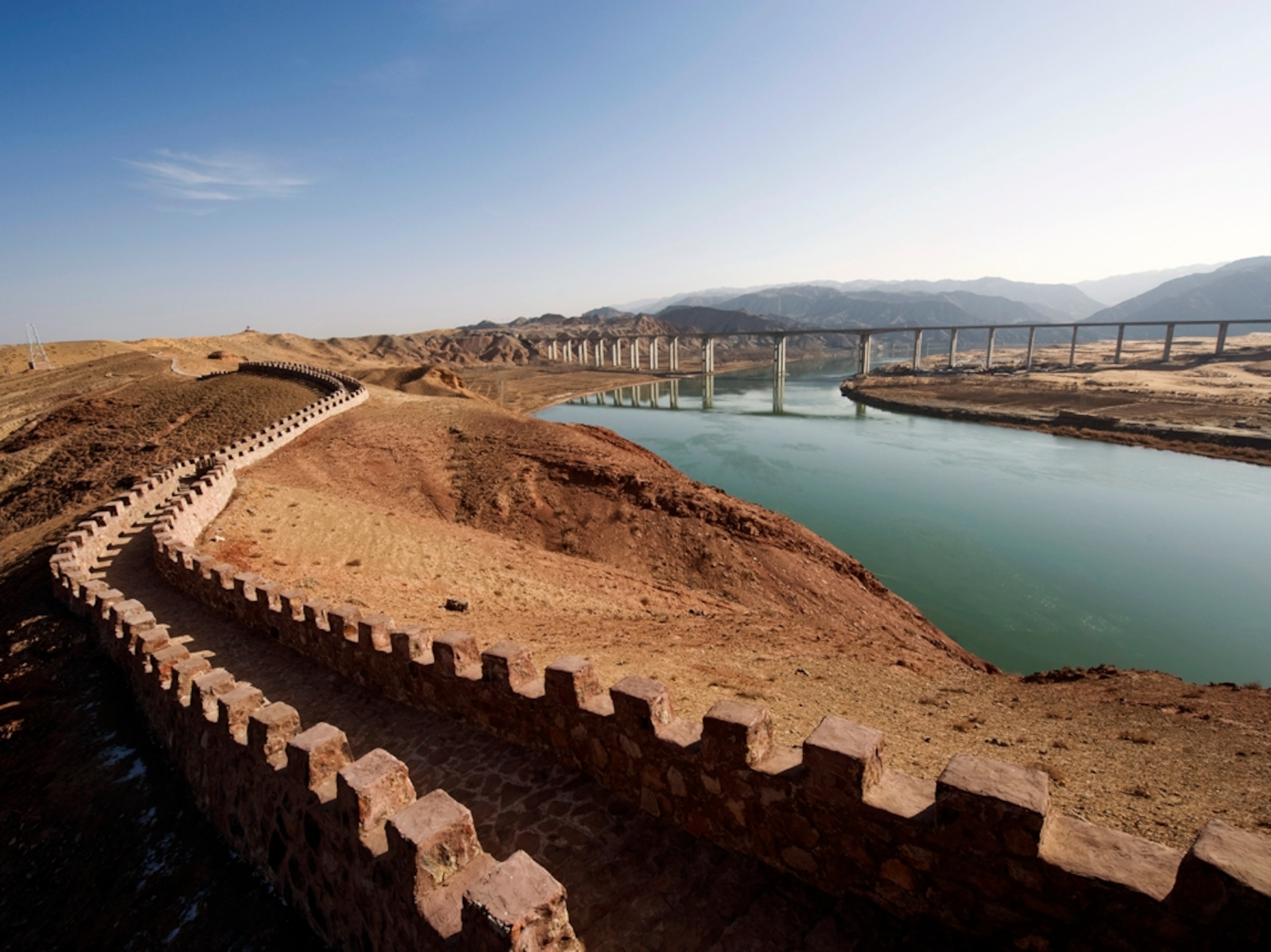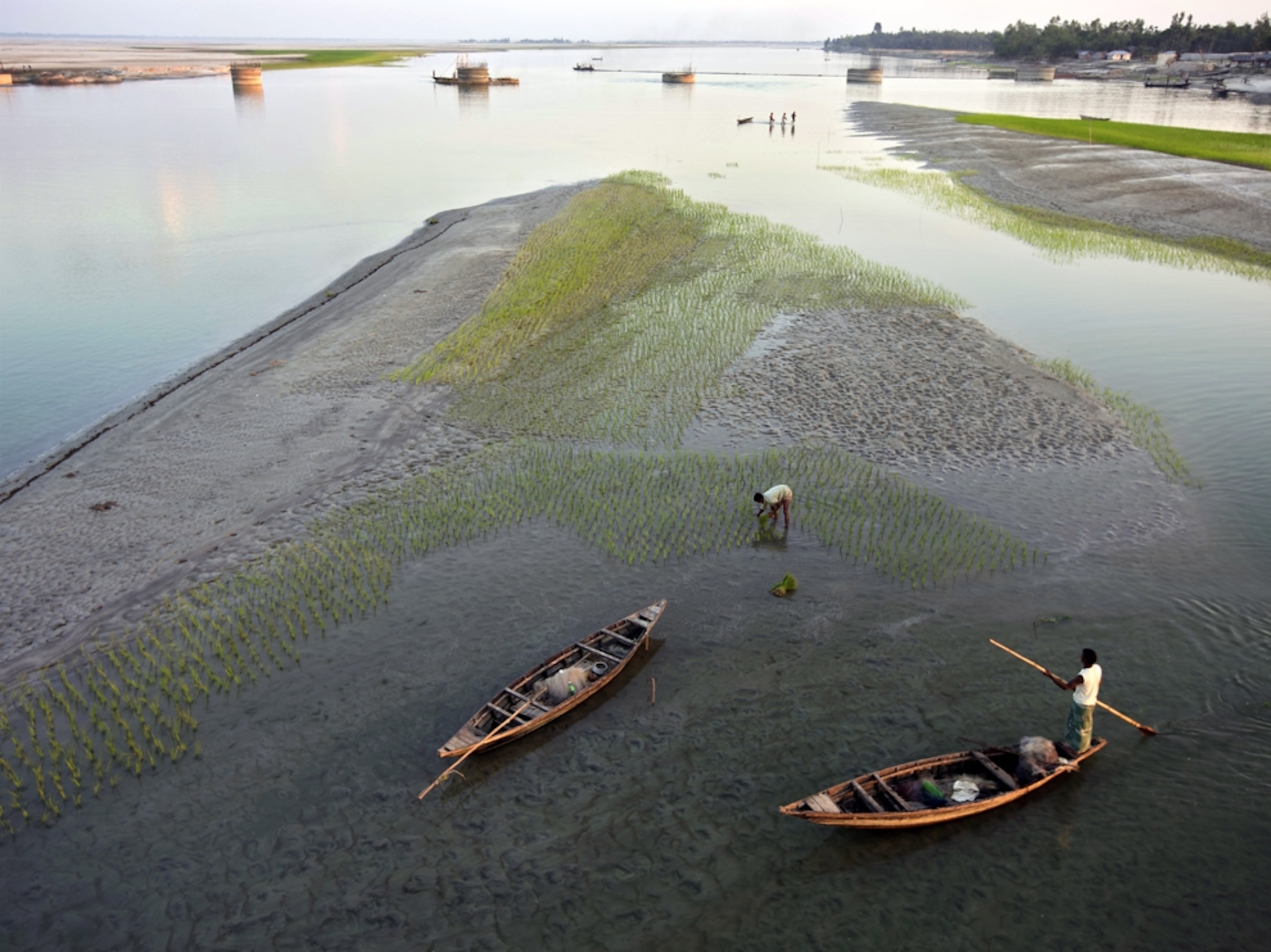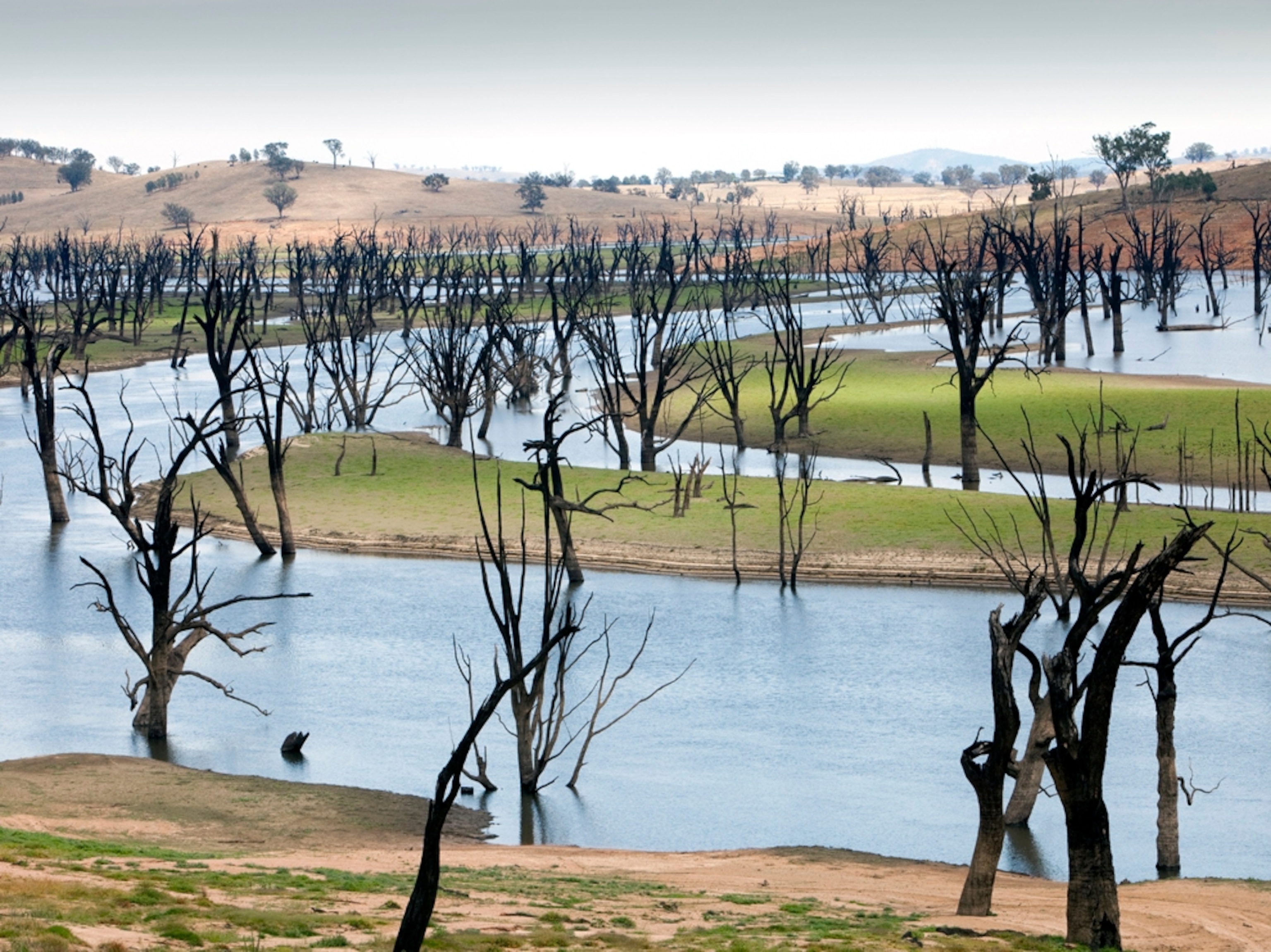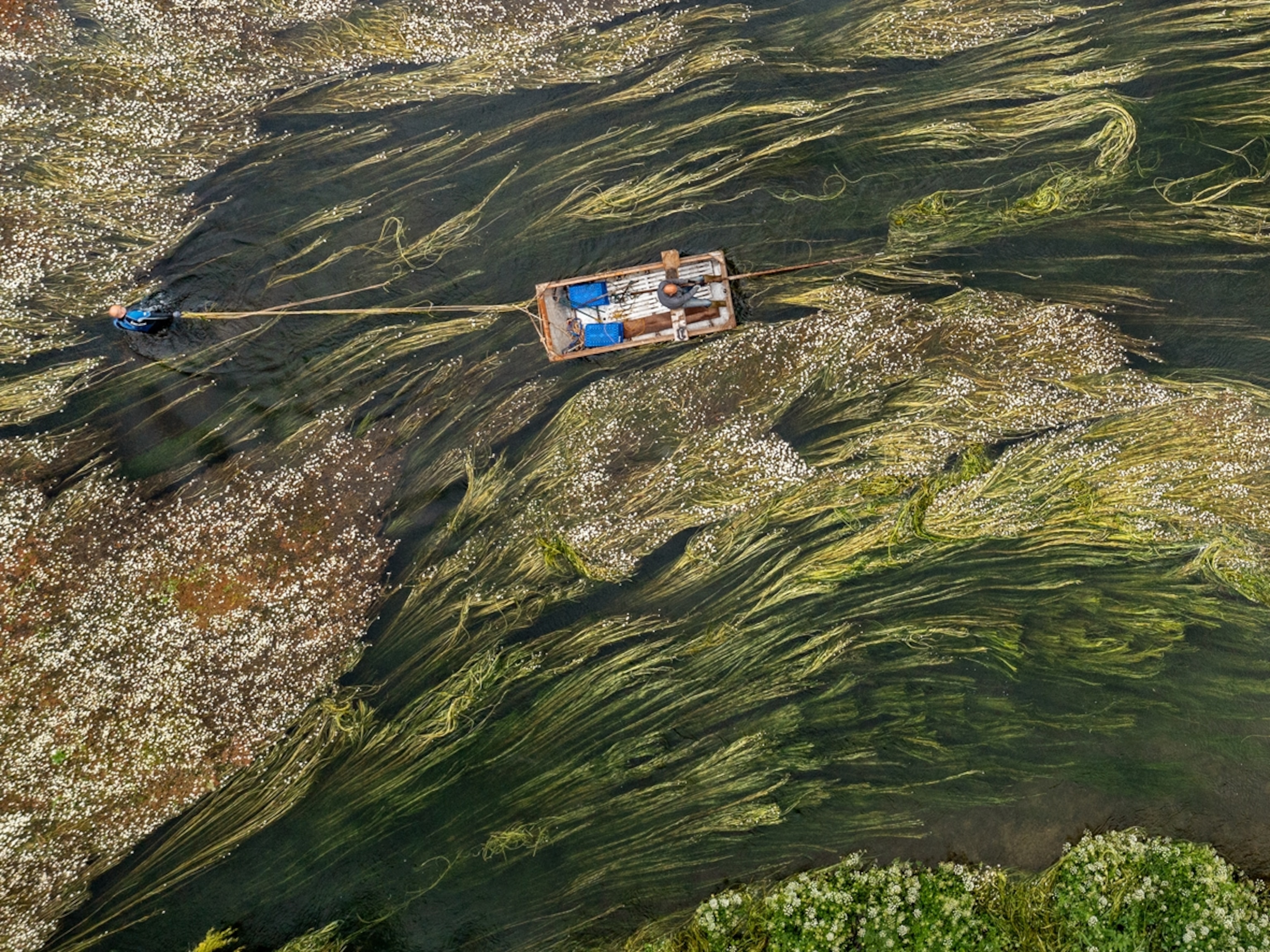
Water pollution is a rising global crisis. Here’s what you need to know.
The world's freshwater sources receive contaminants from a wide range of sectors, threatening human and wildlife health.
From big pieces of garbage to invisible chemicals, a wide range of pollutants ends up in our planet's lakes, rivers, streams, groundwater, and eventually the oceans. Water pollution—along with drought, inefficiency, and an exploding population—has contributed to a freshwater crisis, threatening the sources we rely on for drinking water and other critical needs.
Research has revealed that one pollutant in particular is more common in our tap water than anyone had previously thought: PFAS, short for poly and perfluoroalkyl substances. PFAS is used to make everyday items resistant to moisture, heat, and stains; some of these chemicals have such long half-lives that they are known as "the forever chemical."
Safeguarding water supplies is important because even though nearly 70 percent of the world is covered by water, only 2.5 percent of it is fresh. And just one percent of freshwater is easily accessible, with much of it trapped in remote glaciers and snowfields.
Water pollution causes
Water pollution can come from a variety of sources. Pollution can enter water directly, through both legal and illegal discharges from factories, for example, or imperfect water treatment plants. Spills and leaks from oil pipelines or hydraulic fracturing (fracking) operations can degrade water supplies. Wind, storms, and littering—especially of plastic waste—can also send debris into waterways.
Thanks largely to decades of regulation and legal action against big polluters, the main cause of U.S. water quality problems is now "nonpoint source pollution," when pollutants are carried across or through the ground by rain or melted snow. Such runoff can contain fertilizers, pesticides, and herbicides from farms and homes; oil and toxic chemicals from roads and industry; sediment; bacteria from livestock; pet waste; and other pollutants.
Finally, drinking water pollution can happen via the pipes themselves if the water is not properly treated, as happened in the case of lead contamination in Flint, Michigan, and other towns. Another drinking water contaminant, arsenic, can come from naturally occurring deposits but also from industrial waste.
Freshwater pollution effects
Water pollution can result in human health problems, poisoned wildlife, and long-term ecosystem damage. When agricultural and industrial runoff floods waterways with excess nutrients such as nitrogen and phosphorus, these nutrients often fuel algae blooms that then create dead zones, or low-oxygen areas where fish and other aquatic life can no longer thrive.
Algae blooms can create health and economic effects for humans, causing rashes and other ailments, while eroding tourism revenue for popular lake destinations thanks to their unpleasant looks and odors. High levels of nitrates in water from nutrient pollution can also be particularly harmful to infants, interfering with their ability to deliver oxygen to tissues and potentially causing "blue baby syndrome." The United Nations Food and Agriculture Organization estimates that 38 percent of the European Union's water bodies are under pressure from agricultural pollution.
Globally, unsanitary water supplies also exact a health toll in the form of disease. At least 2 billion people drink water from sources contaminated by feces, according to the World Health Organization, and that water may transmit dangerous diseases such as cholera and typhoid.
Freshwater pollution solutions
In many countries, regulations have restricted industry and agricultural operations from pouring pollutants into lakes, streams, and rivers, while treatment plants make our drinking water safe to consume. Researchers are working on a variety of other ways to prevent and clean up pollution. National Geographic grantee Africa Flores, for example, has created an artificial intelligence algorithm to better predict when algae blooms will happen. A number of scientists are looking at ways to reduce and cleanup plastic pollution.
There have been setbacks, however. Regulation of pollutants is subject to changing political winds, as has been the case in the United States with the loosening of environmental protections that prevented landowners from polluting the country’s waterways.
Anyone can help protect watersheds by disposing of motor oil, paints, and other toxic products properly, keeping them off pavement and out of the drain. Be careful about what you flush or pour down the sink, as it may find its way into the water. The U.S. Environmental Protection Agency recommends using phosphate-free detergents and washing your car at a commercial car wash, which is required to properly dispose of wastewater. Green roofs and rain gardens can be another way for people in built environments to help restore some of the natural filtering that forests and plants usually provide.


